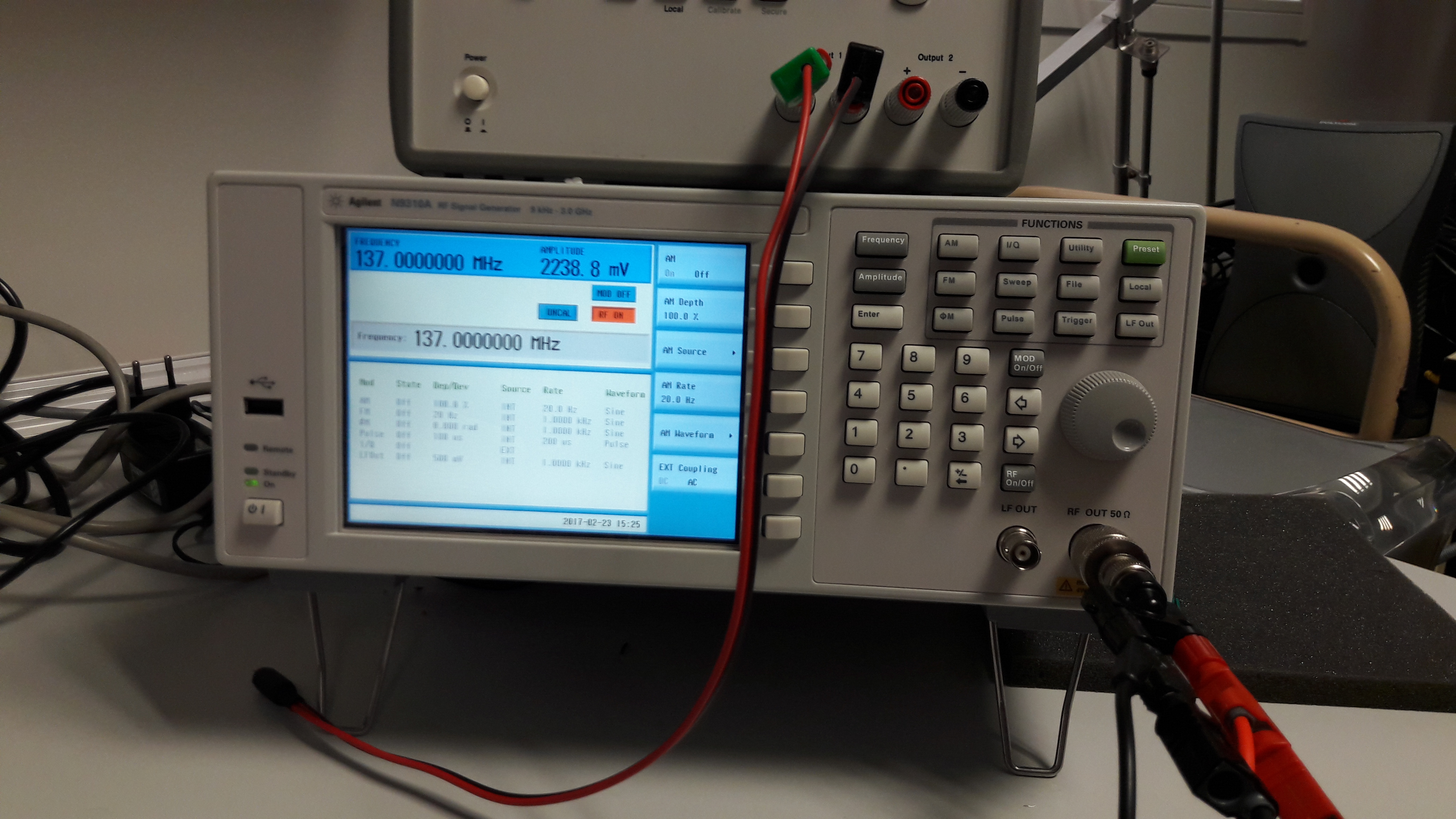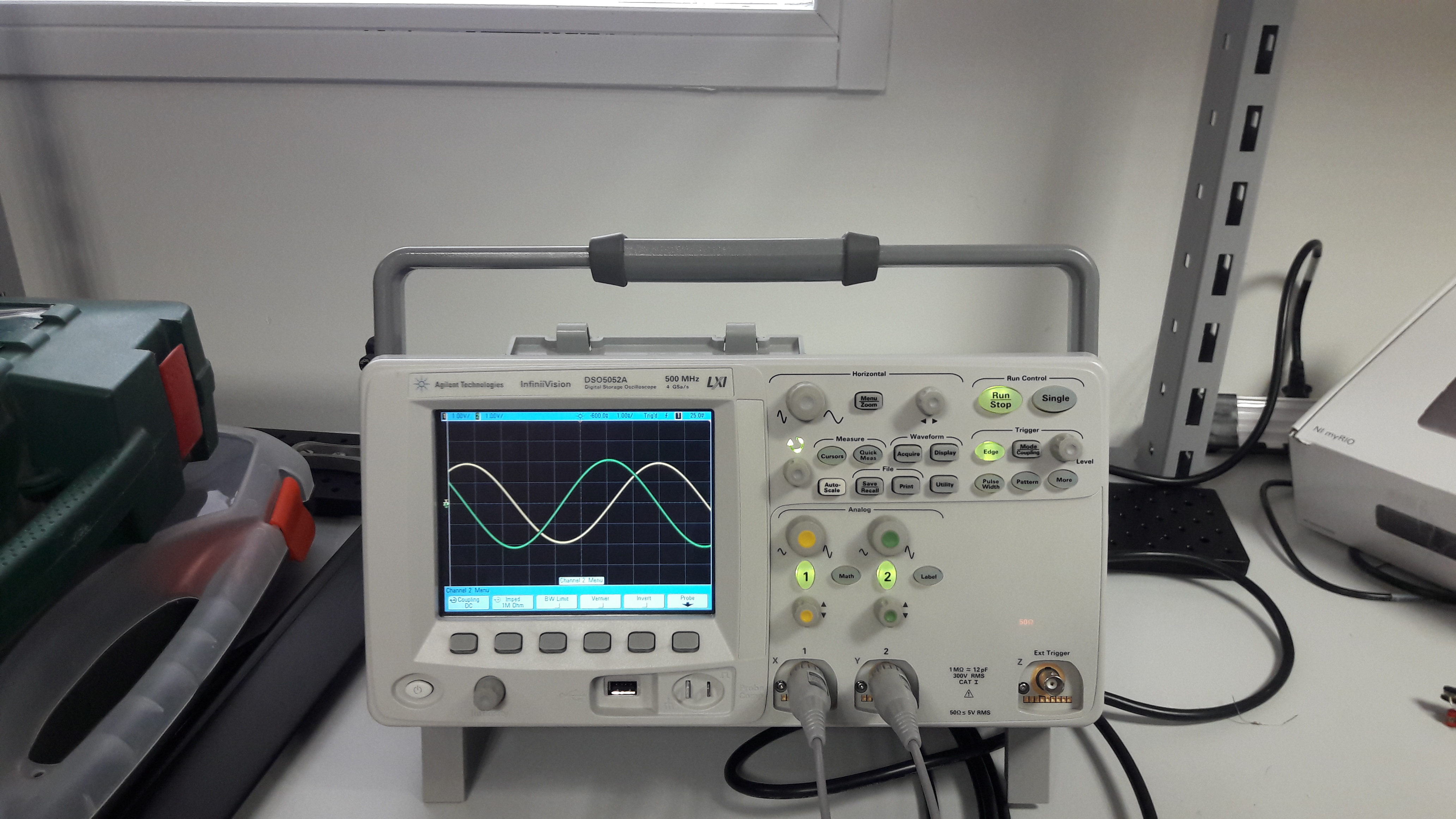Receiving antenna building » History » Version 37
« Previous -
Version 37/62
(diff) -
Next » -
Current version
QUERE, Antoine, 03/24/2017 04:19 PM
Previous : Receiving antenna design Next : APT images reception
Receiving antenna building¶
List of components¶
Here is the main material needed to build the double cross antenna:
All these materials are available in any supermarket with a plumbing section. The aluminium rods can be replaced by any other conductive material. Moreover, here we decided to use Male/female coaxial plugs in order to be able to remove each side of the antenna as we wanted a removable antenna that is easier to move and to store.
Additionally to these materials, some specific tools and softwares are needed to be able to decode the APT signals:- Radio receiver
- WXTrack and WXtoImg softwares
- LabView software
Testing¶
In order to ensure the fact that the antenna is functioning well, we made several tests.
At first, we had to ensure that the cables will really bring the phase shift of a Pi/2 between opposite dipoles due to the difference a quarter wavelength. To do so, we plugged in the cables to a signal generator. We generated a sine signal at 137MHz and observed on an oscilloscope the signal at the output of two cables which have a different length as explained in the design part. Here you can find pictures of the signal generator and the observed signal at the ouput.


We see that the phase shift between the two cables is about Pi/2.
Then, at each step during the assembly, we tested each connection with a multimeter in order to ensure that all connections are correctly done.
Validation¶
Even if we tested the cables and all the connections, we need to make sure the antenna is really able to receive APT signals. So, we plugged in the coaxial cable of our antenna to a radio receiver. As an APT signal is audible once demodulated in frequency, we can determine easily if the antenna is correctly working or not. To know when a satellite pass above Toulouse, we used a tracker software called WXTrack. Thanks to this software, we are able to know when each NOAA satellite will be visible.
To validate our antenna, we only had to turn on the radioreceiver to the correct frequency depending on the satellite which is available and listen to the signal directly at the output of the receiver. Here is the radio receiver configured on the NOAA 19 frequency (137.1MHz).
During our tests, we could correctly hear the specific signal. To have an idea, an example of audible APT signal is available in the files list (florida.wav). You can download it to hear the APT signal.
Previous : Receiving antenna design Next : APT images reception
